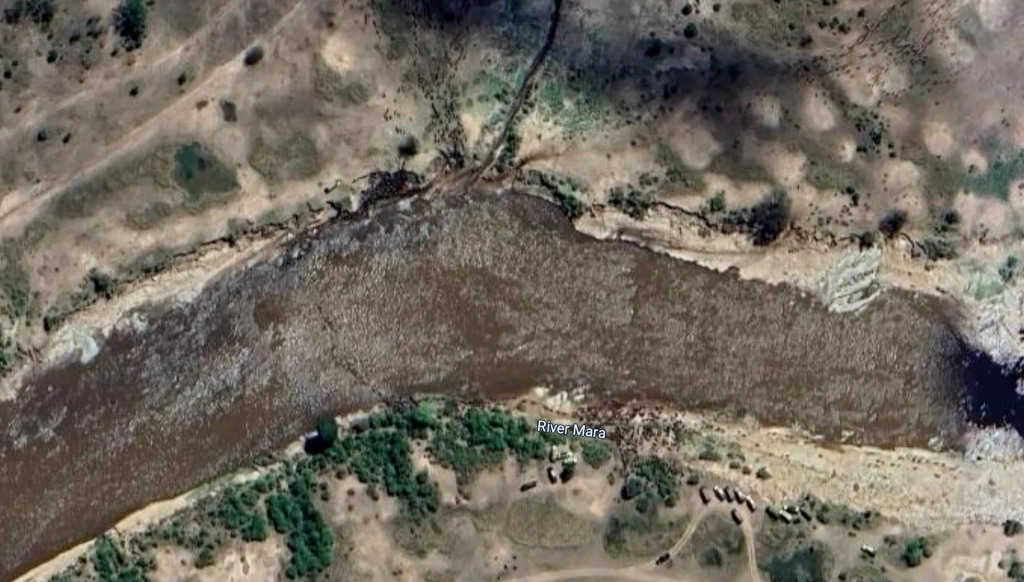The Great Migration of animals in the Serengeti–Mara ecosystem (located in Tanzania and Kenya) may be on a completely different scale than previously thought. A group of scientists analyzed satellite images using artificial intelligence and found just over 530 thousand wildebeests instead of the expected 1.3 million. The results of the study were published in the scientific journal PNAS Nexus.
Previously, the population size was estimated using traditional methods, mainly from aerial surveys. This approach has been used since the mid-20th century, although it has significant margins of error: some animals may remain unseen due to shrub cover or the aircraft’s high speed. For more accurate results, additional observations are made on the ground (at river crossings or on grazing lands), and the collected data is then extrapolated. In other words, the data obtained from a small area is extended to the entire territory to estimate the total population.
Recently, scientists decided to test a new method: they used satellite images of the Serengeti–Mara, covering an area of about 4,000 square kilometers (around 1,540 square miles), and employed AI to analyze the number of migrating wildebeests. The results showed that in 2022, about 324–338 thousand individuals passed through the ecosystem, and in 2023, approximately 503–533 thousand. Even at the upper limit, these figures contrast sharply with previous estimates of 1–1.3 million. There are several possible explanations for this.
Population decline or new migration patterns
Firstly, such a difference may be related to a decrease in the migrating population. Among the causes are poaching and the expansion of human agricultural activity. Secondly, it could indicate an incomplete understanding of migration patterns. Under changing climatic conditions, herds may split into smaller groups and spread out over a much larger area than previously documented. In particular, the movements of wildebeests may have been influenced by unusual rains during the dry season, as well as the growth of fresh grass following in the central and western parts of the ecosystem.
If that is the case, the movement of the same 1.3 million wildebeests could now be occurring over an area of about 10,000 square kilometers (around 3,860 square miles), which changes the scientific understanding of the dynamics and geography of the Great Migration. In any case, it remains one of the most spectacular natural events on Earth, attracting hundreds of thousands of travelers from all over the world to East Africa each year.

All content on Altezza Travel is created with expert insights and thorough research, in line with our Editorial Policy.
Want to know more about Tanzania adventures?
Get in touch with our team! We've explored all the top destinations across Tanzania. Our Kilimanjaro-based adventure consultants are ready to share tips and help you plan your unforgettable journey.
















